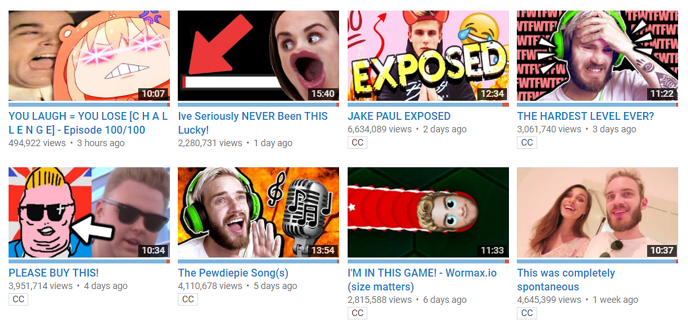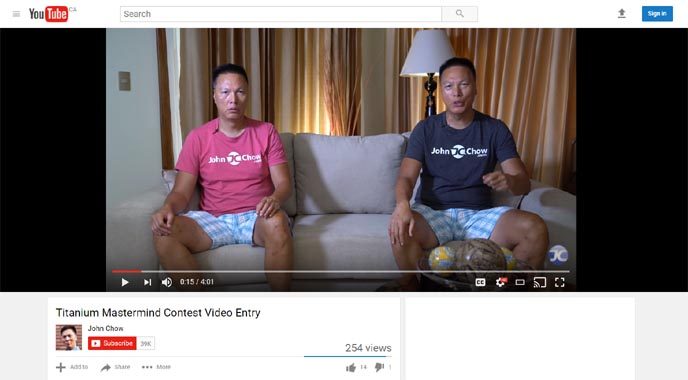We see these big YouTube stars like Jake and Logan Paul, PewDiePie, and Casey Neistat and many of us dream of the untold riches that these online celebrities are supposedly raking in by posting sometimes fun, sometimes silly, but always profitable videos online. Considering that you can get started for less than $200 (and even less if you already have a reasonably modern smartphone), it seems like the barriers to entry to minimal and the potential is astronomical.
So, you start a YouTube channel and you get disappointed when you’ve only earned a buck or two in the last three months. What gives? In an article and interview on Vox, Gaby Dunn complains that “thousands of women try to make a living blogging and vlogging” and “most fail.” She started a channel with friend back in 2014 and, since then, they’ve attracted over 750,000 subscribers and yet they “weren’t making very much money.”

The highest earning stars of YouTube earn millions of dollars a year. Roman Atwood, for example, had a total of about 2.7 billion views from 10 million subscribers in 2006, resulting in total annual revenue of about $8 million. That works out to about $3 eCPM. “Superwoman” Lilly Singh had 1.5 billion views, 10 million subscribers, and $7.5 million in earnings. That’s just under $5 eCPM.
If we look at the Just Between Us YouTube channel run by Gaby and her friend Allison Raskin, their videos average somewhere around 110,000 to 150,000 views each from over 750,000 subscribers. If they keep up with their twice weekly schedule, as Gaby says, that works out to about 100 videos a year for a total of about 12.5 million views. Even at the very conservative estimate of $1 CPM, that’s still $12,500.
That’s not a full-time income, to be sure, but it’s hardly negligible either. If she were more effective with her monetization, fitting somewhere between Roman Atwood and Lilly Singh as our examples at $4 eCPM, that’d be closer to a more respectable $60,000. The money is there, but she forgets that straight AdSense monetization through YouTube alone is not where the real money can be found.
It’s from everywhere else.
It’s from the brand deals you negotiate for #sponsored content. It’s from the Amazon Associates links you put in the video descriptions. It’s from all the other channels and businesses associated with your YouTube channel, like your blog, your consulting business, your books, your online courses, your digital products, your merchandise and everything else. It’s about building a brand and an ecosystem that all works together.
And let’s not forget there are plenty of other revenue streams to consider if you’re only sticking within the YouTube silo.

But consider this: If John Chow relied solely on the built-in monetization through YouTube, he’d only be pulling in a few hundred dollars a month from his videos. From his perspective, that’s nice, but little more than spare change. The real money comes from the back end, primarily through affiliate sales worth hundreds or even thousands of dollars each. That’s the real money you can make from YouTube. By John’s own account, his YouTube channel is likely responsible for thousands of dollars every month.
Gaby says the reason she’s not making money on YouTube is because she’s a woman and womanly topics are devalued. I say bollocks. With 750,000 subscribers — assuming most of them are legitimate — the income potential is definitely there if she is willing to experiment, hustle and diversify. There are many YouTubers, including women discussing so called “feminized” topics, with much smaller audiences who are making more than that.
YouTube is a remarkably powerful tool, but it should not be the only tool in your arsenal.
